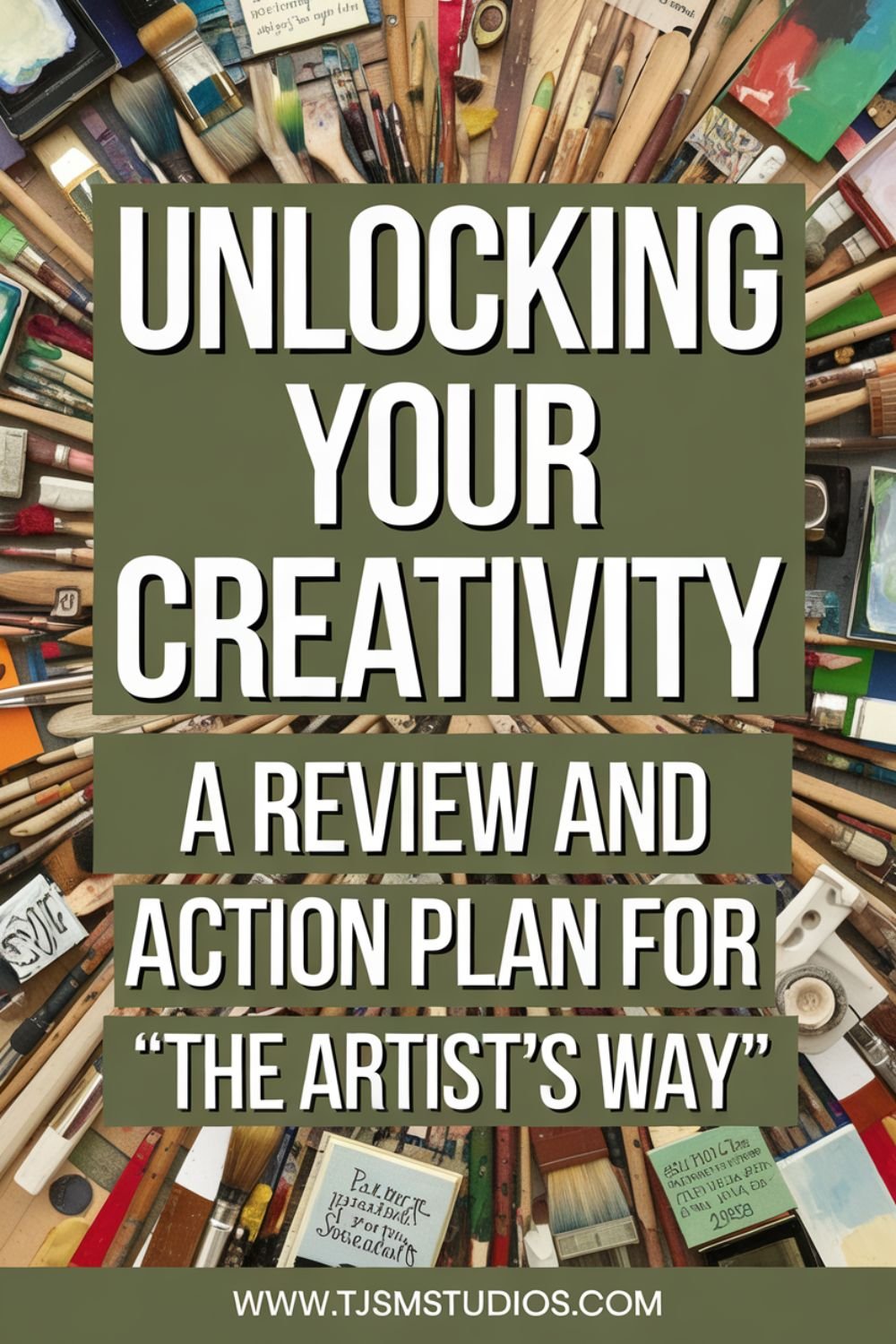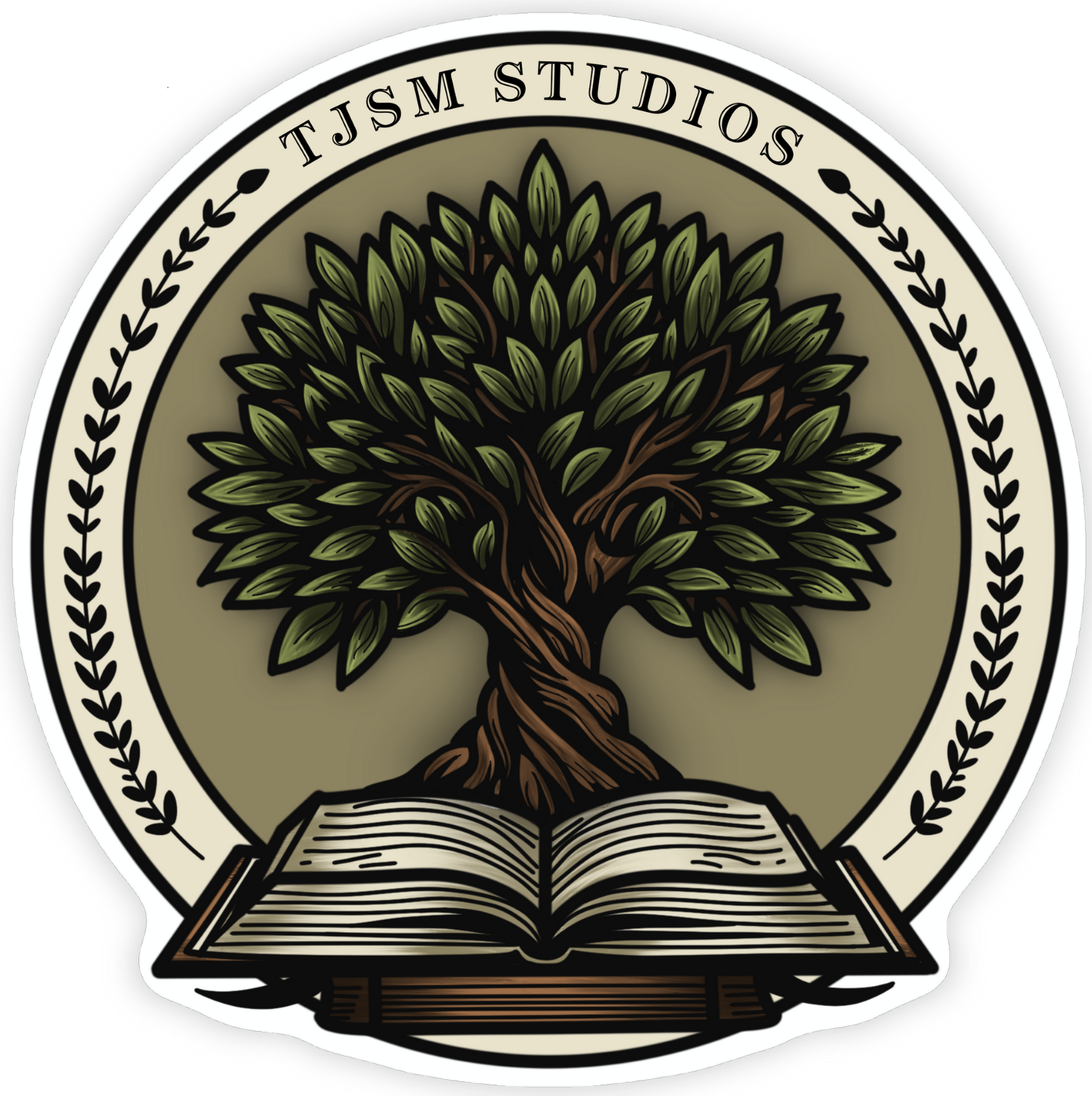This post may contain affiliate links, meaning we may earn a small commission if you purchase through these links, at no additional cost to you.

“The Artist’s Way: A Spiritual Path to Creativity” by Julia Cameron has become a beloved guide for individuals seeking to rediscover and nurture their creative potential. This 12-week program promises to help readers overcome creative blocks and unlock their inner artist. This review will delve into the book’s core concepts, exploring its strengths and weaknesses, and provide a practical action plan for those looking to embark on their own creative journey. We’ll examine the effectiveness of techniques like Morning Pages and Artist Dates, and offer insights for those looking to deepen their creative practices. While I haven’t personally followed the entire 12-week program, I have utilized elements such as the Morning Pages practice with positive results, and I’ll incorporate those experiences where relevant. This review aims to provide a balanced perspective, empowering you to decide if “The Artist’s Way” is the right path for you.
“The Artist’s Way” Overview
The Artist’s Way by Julia Cameron is more than just a book; it’s a 12-week program designed to help readers recover their creative spirit. Cameron introduces the concept of “creative recovery,” suggesting that many of us have experienced “creative wounds” that have stifled our natural creative expression. The program focuses on two primary tools: Morning Pages and Artist Dates.
- Morning Pages involve writing three pages of stream-of-consciousness writing every morning.
- Artist Dates are weekly excursions designed to nurture your inner artist through play and exploration.
The book guides readers through 12 weeks of exercises, reflections, and insights, encouraging them to confront their inner critic, embrace vulnerability, and rediscover their passions.
In-Depth Review
Pros
- Comprehensive Approach
“The Artist’s Way” offers a holistic and structured approach to creative recovery. It goes beyond mere tips and exercises, delving into psychological and emotional barriers that often hinder creativity. This structure makes it easy to follow along and track progress—ideal for those new to creative exploration or those who thrive on routine. - Practical Exercises
- Morning Pages: A daily practice of writing three pages of stream-of-consciousness can help clear mental clutter and enhance self-reflection.
- Artist Dates: Weekly solo excursions that reignite a sense of wonder and inspire creativity.
- Focus on Self-Discovery
At its core, the book is a journey of self-discovery. Readers are encouraged to explore passions, confront fears, and reconnect with their authentic selves—beneficial for anyone seeking greater self-awareness. - Community and Support
Many find encouragement and shared experiences in local or online groups dedicated to “The Artist’s Way.” This sense of community can provide accountability and motivation. - Accessibility
Cameron’s writing style is clear and welcoming, making complex ideas feel approachable, even for those new to creative or personal development work.
Cons
- Time Commitment
The 12-week program requires daily Morning Pages and weekly Artist Dates, which can be a challenge for those with packed schedules. - Spiritual Undertones
The book’s spiritual/New Age context may not resonate with everyone, though readers can adapt the program to their own belief systems. - Repetitive at Times
Some may find certain themes and exercises repeated throughout the 12 weeks, which can feel redundant, though it’s likely intentional to reinforce core principles.
Action Plan for Implementing “The Artist’s Way”
- Commit to the Program
Dedicate yourself to the 12-week structure. Set aside time for Morning Pages and Artist Dates. - Gather Your Supplies
- Notebook and Pen: For Morning Pages, consider using a dedicated journal:
Moleskine Classic Notebook or
Leuchtturm1917 Dotted Journal - Reliable Pens:
Pilot G2 Gel Pens for smooth, consistent writing.
- Notebook and Pen: For Morning Pages, consider using a dedicated journal:
- Schedule Morning Pages
Write three pages of whatever comes to mind first thing each morning—no judgment or editing. - Plan Artist Dates
Choose weekly solo excursions that pique your curiosity, whether that’s visiting a museum, trying a new craft store, or going on a nature walk. - Engage with the Exercises
Work through the exercises in each chapter, reflecting on any insights or breakthroughs. - Find a Community (Optional)
Look for local groups or online forums dedicated to “The Artist’s Way” for added accountability and inspiration. - Be Patient and Kind to Yourself
Creative recovery takes time—celebrate small wins and learn from setbacks.
Comparison to Other Creativity Books/Methods
- Big Magic by Elizabeth Gilbert
Focuses on embracing curiosity and overcoming fear in creative work. - The War of Art by Steven Pressfield
Centers on overcoming resistance and establishing discipline in creative pursuits.
While each book offers unique perspectives, “The Artist’s Way” is notable for its structured 12-week program and emphasis on healing through creativity.
Final Thoughts
“The Artist’s Way” is a valuable resource for anyone looking to unlock their creative potential. Though it demands time and may not suit everyone’s spiritual preferences, its comprehensive framework, hands-on exercises, and self-discovery focus can be transformative. This book is especially helpful for anyone seeking to deepen their creative practices.
Have you tried “The Artist’s Way”? Share your experiences and insights in the comments below!
Download your FREE Action Plan (no sign-up required).

